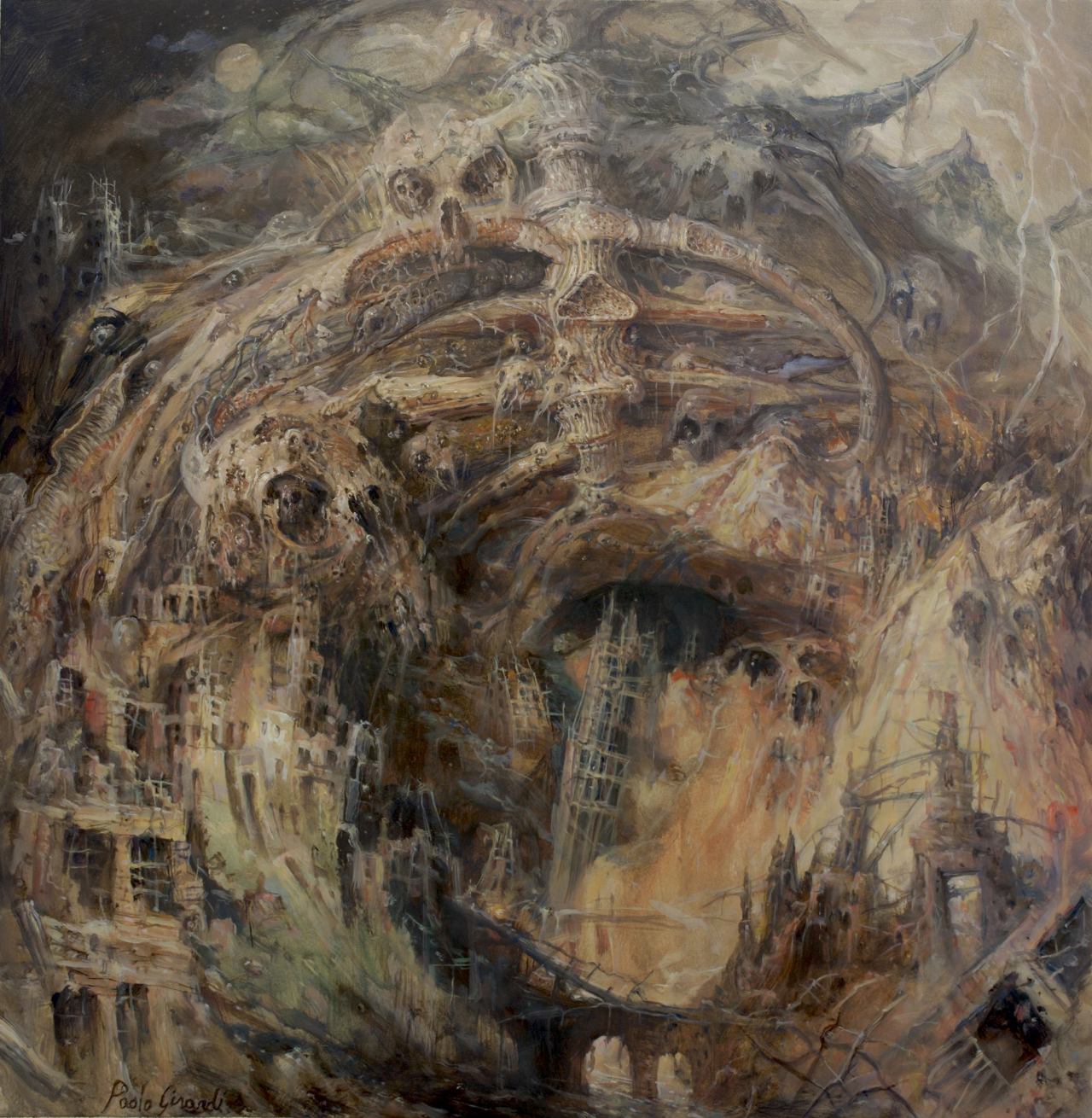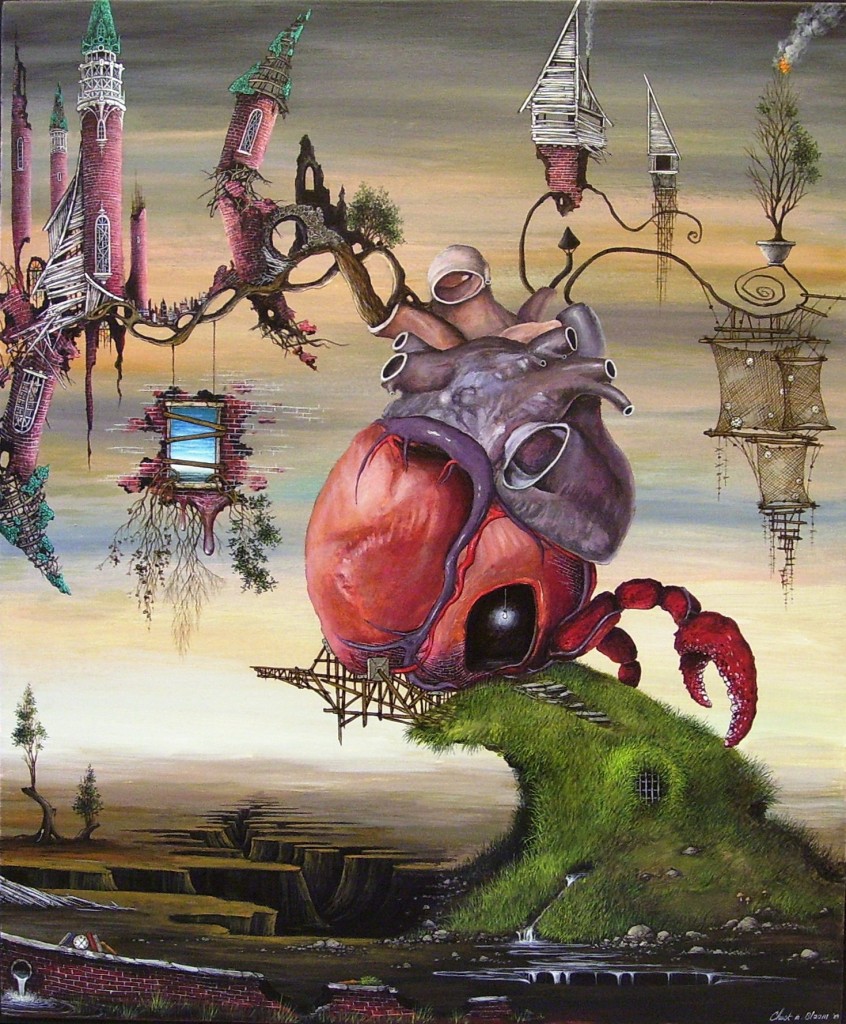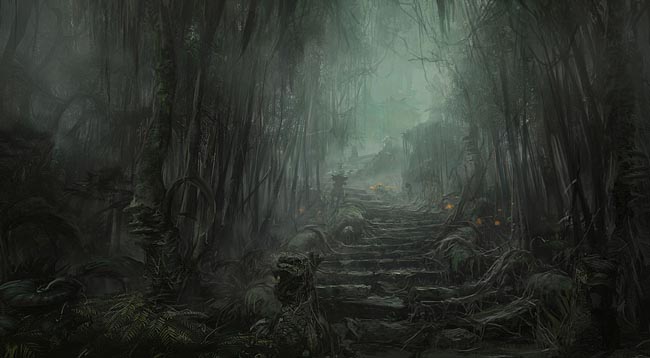- Physical diets: the creature feeds on something physical, such as air, food, drink, soil, fire, warmth, etc.
- Abstract diets: the creature feeds on something abstract, such as color, shadows, emotions, memories, life force, psi energy, etc.
- Passions: the creature does not feed per se, but must fulfill a specific series of actions in order to sustain itself, such as mimicking a diet despite otherwise lacking any sign of digestion, tormenting victims in a specific fashion or pursuing unfinished business.
- Anchor: the creature has no diet or passions, but its continued existence is dependent on a physical or abstract anchor such as an amulet, a temple, a bloodline, or faith in an institution.
A collection of my ramblings on fantasy physics, game mechanics, and planar adventures as they apply to Dungeons and Dragons and its retroclones.
Wednesday, April 26, 2017
Fantasy diets
All creatures in the fantasy world require sustenance to survive. That said, these diets do not necessarily resemble conventional diets.
Disambiguating taxonomies
D&D has a problem where it uses the same words to refer to monster types as well as specific families within those types. For example, the types dragon, elemental, giant and ooze are divided into "true" and "false" or "kin" families. The distinctions are often minor: "true" dragons have age categories, "true" elementals are amorphous blobs of one or more elements, "true" giants are prettier, and "true" oozes are fast moving. I'm going to devise some alternative terminology that is not ad hoc.
Friday, April 21, 2017
Three axis alignment
13th Age and 5e have largely dispensed with alignment mechanics. That said, alignments could serve as a useful guide to behavior for characters to follow. However, the traditional two axis alignment is too confining due to the confusion of methodical with law-abiding. Therefore, I propose dropping neutral entirely and splitting the law/chaos axis into orderly/chaotic and lawful/unlawful. The orderly/chaotic axis represents a character's general thought processes, while the lawful/unlawful axis represents their respect for society's laws. This gives a total of 2×2×2=8 alignments, one less than the three axis model.
For example: a demon barbarian would be chaotic unlawful evil, a demon manipulator would be orderly unlawful evil, and a demon bureaucrat would be orderly lawful evil.
While I feel alignments are too simplistic to represent realistic moral divisions, I do find them useful as a guide for distinguishing general categories behavior. I will be using them in the future as a means of differentiating between, say, demons and devils and deuces and whatever.
For example: a demon barbarian would be chaotic unlawful evil, a demon manipulator would be orderly unlawful evil, and a demon bureaucrat would be orderly lawful evil.
While I feel alignments are too simplistic to represent realistic moral divisions, I do find them useful as a guide for distinguishing general categories behavior. I will be using them in the future as a means of differentiating between, say, demons and devils and deuces and whatever.
Thursday, April 6, 2017
Subscribe to:
Posts (Atom)













